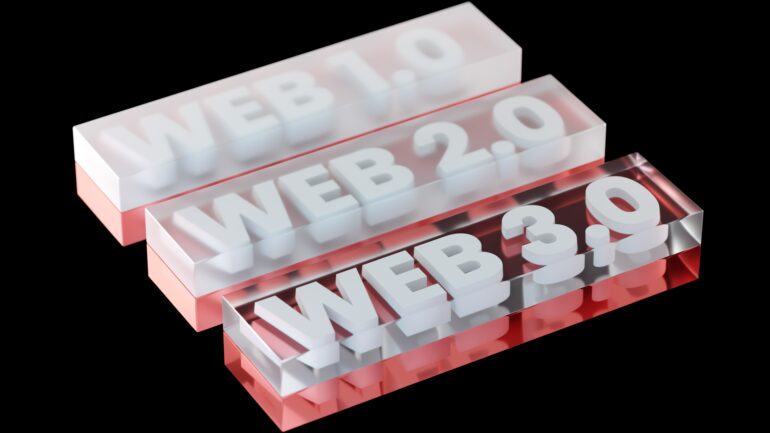
- Decentralized finance (DeFi) is a financial system built on top of blockchain technology that allows for financial services without traditional intermediaries
- DeFi is open, transparent, and secure, and offers greater financial inclusion and potentially more efficient and cost-effective services
- Potential drawbacks include complexity, lack of regulation, risk of losses, risk of hacking, and limited adoption
- DeFi tools competing with traditional finance include lending platforms, decentralized exchanges, stablecoins, and payment platforms
Decentralized finance, or DeFi, is a financial system that is built on top of blockchain technology. It allows people to access financial services without the need for traditional financial intermediaries, such as banks.
One of the main benefits of DeFi is that it is open and accessible to anyone with an internet connection. This is especially important in countries where access to traditional financial services is limited. With DeFi, people can easily send and receive money, borrow and lend money, and trade financial assets without having to go through a bank or other financial institution.
Another benefit of DeFi is that it is built on top of blockchain technology, which means that it is transparent and secure. Transactions on the blockchain are recorded on a public ledger, which means that anyone can see what is happening. This helps to reduce the risk of fraud and other types of financial crimes.
DeFi also allows for greater financial inclusion, as it enables people to access financial services that may not be available to them through traditional financial institutions. For example, DeFi platforms may offer loans to people with poor credit scores, or they may allow people to trade financial assets that are not typically available through traditional exchanges.
In addition, DeFi has the potential to make financial services more efficient and cost-effective. Because it is built on top of blockchain technology, DeFi can process transactions faster and at a lower cost than traditional financial institutions. This can help to reduce the fees that people have to pay when they access financial services.
Overall, DeFi offers a number of benefits over traditional financial systems. It is open and accessible to anyone, transparent and secure, and has the potential to make financial services more efficient and cost-effective. As the technology continues to develop, it is likely that DeFi will play an increasingly important role in the global financial system.
What are the Drawbacks of Defi?
- Complexity: DeFi can be complex and difficult to understand, especially for those who are not familiar with blockchain technology. This can make it challenging for people to use DeFi platforms and services.
- Lack of regulation: Because DeFi is decentralized and not controlled by a single entity, it is not subject to the same level of regulation as traditional financial systems. This can make some people hesitant to use DeFi platforms, as they may be concerned about the lack of oversight.
- Risk of losses: As with any financial system, there is a risk of losses when using DeFi. For example, if you lend money through a DeFi platform and the borrower defaults on the loan, you may lose the money you lent.
- Risk of hacking: DeFi platforms are built on top of blockchain technology, which is generally considered to be secure. However, there have been instances where DeFi platforms have been hacked and funds have been stolen. This can be a concern for people who use DeFi platforms.
- Limited adoption: DeFi is still a relatively new field and it is not yet widely adopted. This can make it difficult for people to find others to trade with or borrow from.
DeFi Compared to Traditional Finance
Overall, while DeFi offers many potential benefits, it is important to carefully consider the potential drawbacks before using DeFi platforms and services. It may be helpful to do your own research and seek out the advice of financial professionals before making any decision.
Lending platforms: DeFi lending platforms, allow people to lend and borrow money using cryptocurrencies as collateral. These platforms offer an alternative to traditional lending institutions, such as banks and credit unions.
Decentralized exchanges (DEXs): DEXs, such as Uniswap and Kyber Network, allow people to trade cryptocurrencies and other digital assets in a decentralized manner. This means that the exchange is not controlled by a single entity, and trades are facilitated through smart contracts on the blockchain. DEXs offer an alternative to traditional centralized exchanges, such as Coinbase and Binance.
Stablecoins: Stablecoins, such as Tether and USDC, are digital assets that are pegged to the value of a real-world asset, such as the US dollar. They can be used as a way to store value and make transactions in a stable manner, as the value of the stablecoin is less likely to fluctuate compared to other cryptocurrencies. Stablecoins offer an alternative to traditional fiat currencies, such as the US dollar and the euro.
Payment platforms: DeFi payment platforms, such as Alipay and PayPal, allow people to make and receive payments using cryptocurrencies. These platforms offer an alternative to traditional payment methods, such as credit cards and bank transfers.
Overall, DeFi tools are beginning to compete with traditional finance tools in a number of areas. As the DeFi space continues to grow and evolve, it is likely that more and more DeFi tools will emerge to challenge traditional financial services.
